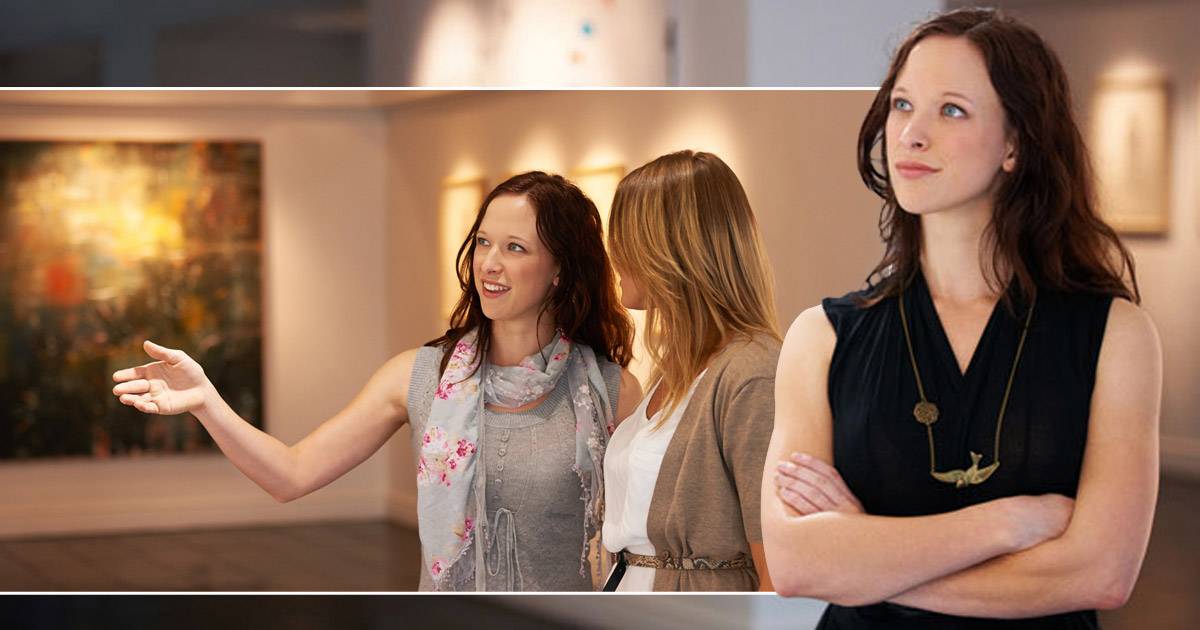How to Become a Museum Curator: Education, Jobs, Salary & More

Visiting a museum is often a magical experience that captivates the mind and warms the heart. Museums connect us directly to history, culture, and art, offering a place where visitors can dive into human creativity and heritage. People love museums for many reasons: they admire the art, enjoy discovering new things, and feel inspired by seeing incredible works up close. A study by the American Alliance of Museums found that 76% of U.S. adults had visited a museum or cultural institution during their travels, showing how popular and important these places are.
For those who find comfort and happiness in the peaceful halls of a museum, imagining a career there can be extremely rewarding. The idea of helping to preserve and display cultural treasures excites many people. If getting a job in a museum means you can be part of such an inspiring space, then becoming a curator isn’t just a career choice—it’s a passion.
Careers in Museums: The Role of a Museum Curator
Among the many jobs in a museum, being a museum curator is especially important and rewarding. Curators are in charge of collecting, displaying, understanding, maintaining, and protecting valuable historical and artistic items. They plan and set up exhibits, acquire new pieces for the collection, educate trustees, label exhibits, and keep detailed records of the inventory.
The job outlook for museum curators is bright. The Bureau of Labor Statistics expects a 10% growth rate in this field through 2032, which is faster than many other industries. This shows there is a growing need for people with curatorial skills. In the United States, the average salary for museum curators is around $35,235 per year, with the chance to earn more in senior roles.
The Path to Becoming a Museum Curator: Skills and Education
If you want to be a museum curator, getting the right skills and education is crucial. Here’s what you need to know about the qualifications and how to start your career in this exciting field.
Education and Degrees
To become a museum curator, you’ll usually need a good educational background in art, history, or museum studies. Here are the typical steps:
- Bachelor’s Degree: Start with a bachelor’s degree in Fine Arts, Art History, History, or Museum Studies. These programs teach you the basics about art, historical contexts, and curatorial practices.
- Master’s Degree: For more advanced positions, you’ll likely need a master’s degree. Relevant programs include Museum Studies, Art History, Restoration Science, or Curatorship. These programs cover specialized topics like exhibit design, conservation, and museum management.
- Ph.D.: For top positions, especially in national museums, a Ph.D. may be required. This level of education shows deep expertise and commitment, making you a strong candidate for senior roles.
Essential Skills
Besides formal education, several key skills are important for a successful career as a museum curator:
- Attention to Detail: Being precise in documentation, research, and planning exhibits is essential.
- Organizational Skills: Managing collections, exhibitions, and staff requires good organizational abilities.
- Research Skills: You need to be able to conduct thorough research on artifacts, artworks, and historical contexts.
- Communication Skills: Writing exhibit labels, catalog essays, and grant applications, as well as public speaking, are important parts of the job.
- Creative Thinking: Designing engaging and educational exhibits involves a lot of creativity.
How to Get a Job at a Museum
Starting a career in a museum requires more than just education; practical experience and networking are also important. Here’s how to begin:
- Gain Experience: Internships and volunteer opportunities are very valuable. They give you hands-on experience and help you apply what you’ve learned. Many museums offer internship programs for students and recent graduates.
- Network: Building connections in the museum community can help you find job opportunities. Attend industry conferences, join professional organizations like the American Alliance of Museums, and connect with professionals on social media platforms like LinkedIn.
- Tailor Your Resume and Cover Letter: Highlight relevant experiences, skills, and accomplishments. Use keywords from job descriptions to make your application stand out. Emphasize any hands-on experience, internships, or projects that show your curatorial abilities.
- Stay Current: Keep learning through workshops, courses, and certifications. Staying updated on the latest trends and technologies in museum curation can give you a competitive edge.
- Apply Broadly: Look for job openings on museum websites, job boards, and professional association sites. Be open to starting with entry-level positions like curatorial assistants or collection managers, which can lead to higher roles.
The Rewarding Path of a Museum Curator
For those with the right mindset and qualifications, being a museum curator is a truly rewarding and exciting career. Curators get to work closely with art and history, constantly learn and research, and express their creativity through exhibit design. They play a key role in educating the public and helping visitors understand and appreciate cultural heritage.
The job offers promising career growth and stability, as well as the chance to connect with other professionals in the field. For anyone passionate about art with a keen eye for detail and strong organizational and research skills, becoming a museum curator provides many personal and professional rewards.
Start this journey and find a career dedicated to preserving and showcasing the amazing achievements of human creativity and history.
